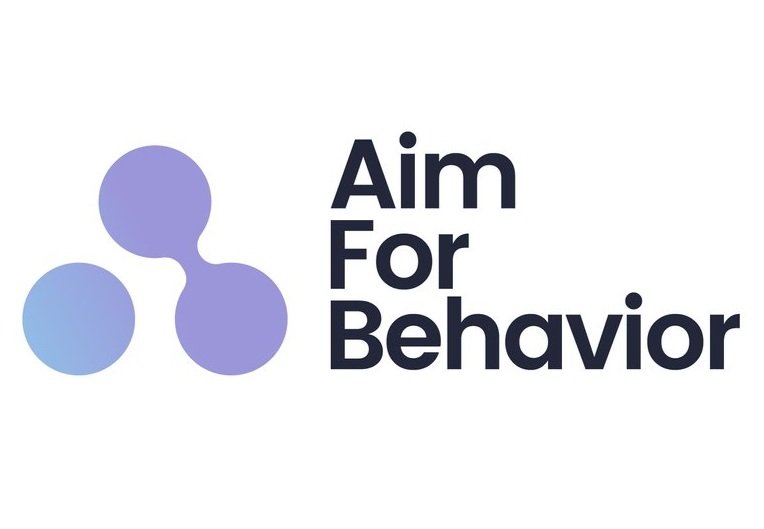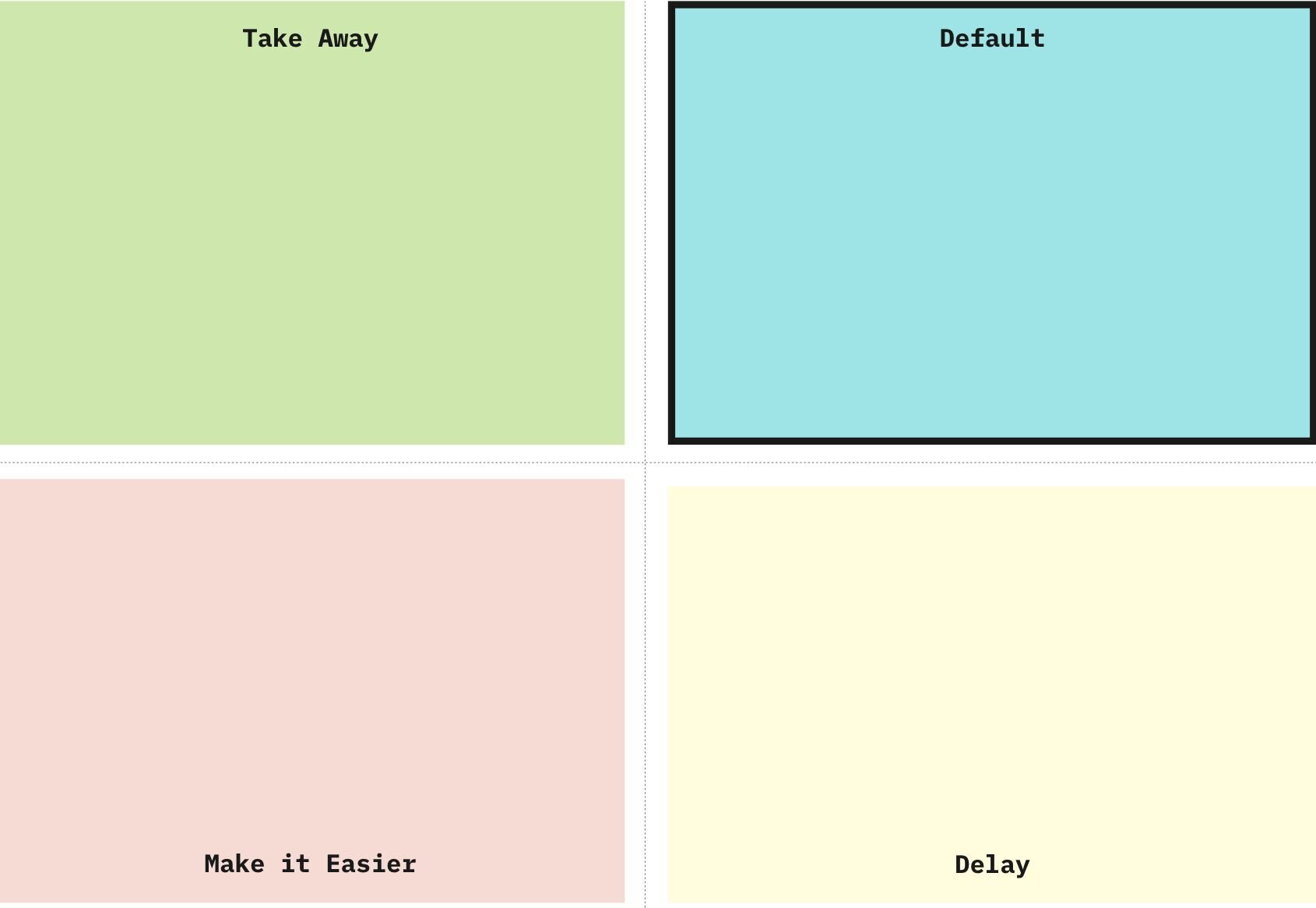Have you counted how many steps it takes to complete an action with your service?
In some of my projects, when I map out the experience of a service, I end up finding lots of steps to complete an action. (sometimes they are needed, but other times they are overkill)
For example, in a recent digital service, I was able to map over 40 steps to make a purchase.
Think about how hard that sounds, and yet if I go to most services, this is probably not uncommon.
Sometimes the problem is a misalignment between the business needs, the tech team's needs, the experience team's needs, and the customer's needs.
This misalignement may happen because there are too many silos in an organization (or it may happen because we don't explore user needs and jobs to be done deeply enough)
Getting back to the 40 steps... is just too much work for our brain to want to process, not to mention:
-Cognitive overload
-Friction
-Uncertainty
-Confusion
-Lack of mental models
-Lack of familiarity
-Lack of time
-Boredom (etc...)
When you start designing for people and behavior, you need to put a new lens on how you build interactions with your experiences.
You need to start thinking about things like cognitive overload and mental models and attention (and much more of course)
Remember to also think about context:
Sit with your team and think about how the customer is meant to:
1) Make decisions
2)Where they are
3)What they could be doing
4)What could be distracting them (hint, they are not just relaxing, with no interruptions and ready to go through 40 steps all at once)
Two actions for all of you:
1. Go and count how many steps it takes to complete an action on your own service
2. See what you can
-default
-take away
-make easier
-delay
and map it on a matrix to discuss and take action and test with your team.
Robert
These are other ways I can help you:
1 ) Get my Behavior Science and Design Courses: Learn to add that missing Behavioral Science layer to your products and services in an easy and practical way
2) Explore my services: I work on small projects or as part of your team
3) Frameworks: Get access to my free frameworks and tools

